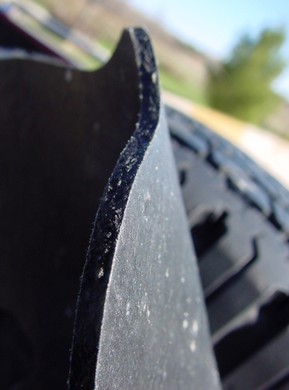Effective retrofit soundproofing is never a quick and easy task. I wish it were. Your plan to install fiberglass batts above suspended ceiling tiles is a reasonable one, but I wouldn’t expect it to do a terrific job. You’ll get slightly better results if you use batts specifically designed for soundproofing, but from the lab results I’ve seen the advantage isn’t huge.
 A better option involves replacing the suspended ceiling with drywall anchored to resilient channel. Yes, this is a lot of trouble but it’s also highly effective. There are two reasons why. First of all, taped and painted drywall creates a great air barrier. And when it comes to soundproofing, this is a big deal. You can have an otherwise very soundproof structure in place, but if a small gap exists somewhere, sound will get through — big time.
A better option involves replacing the suspended ceiling with drywall anchored to resilient channel. Yes, this is a lot of trouble but it’s also highly effective. There are two reasons why. First of all, taped and painted drywall creates a great air barrier. And when it comes to soundproofing, this is a big deal. You can have an otherwise very soundproof structure in place, but if a small gap exists somewhere, sound will get through — big time.
Resilient channel is the other key feature of a sound resistant drywall ceiling. It’s a kind of trough-shaped strip of sheet metal that screws to the bottom edges of floor joists while also supporting drywall. Resilient channel eliminates most of the physical contact between drywall and the floor frame, minimizing the mechanical transmission of sound.
There are other soundproofing options, too, but they involve even more disruption. If you’re planning to replace the existing floor covering in parts of your home, consider putting down sheets of sound attenuating rubber before the new flooring gets installed. This is highly effective at reducing the sound of footsteps up above.